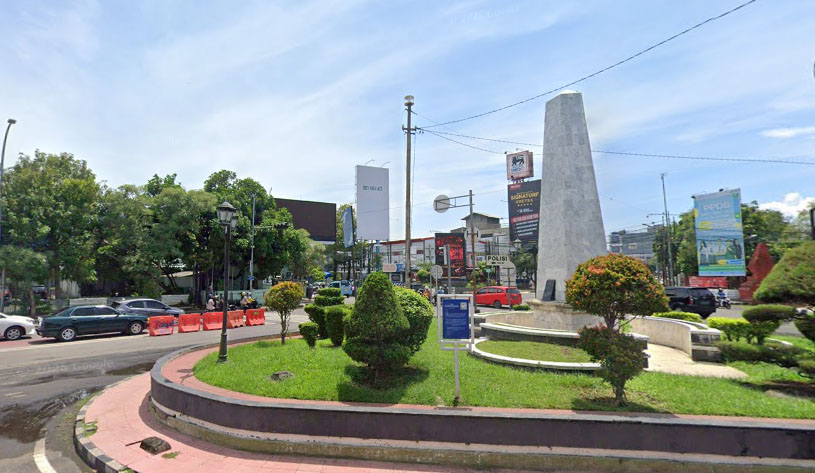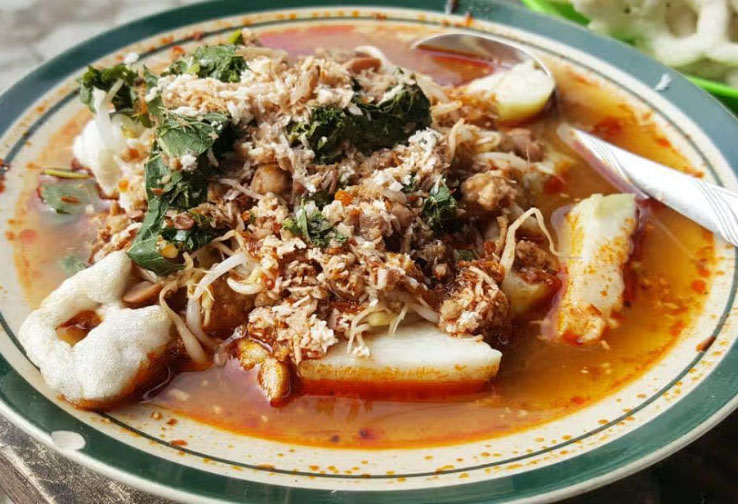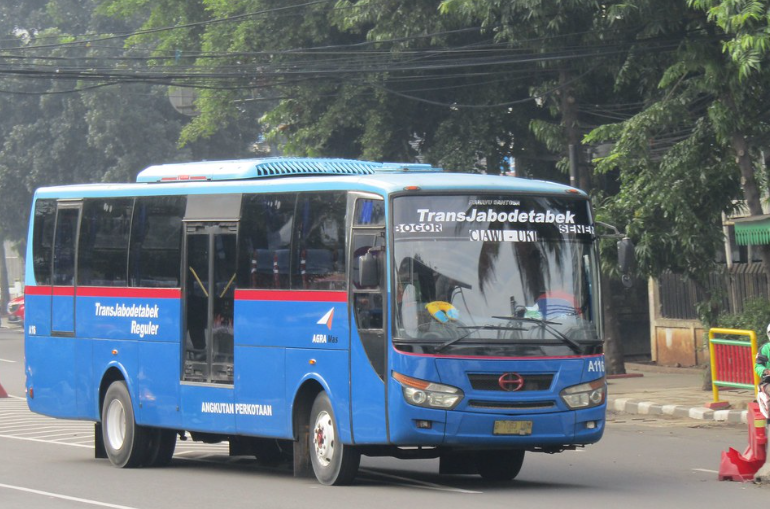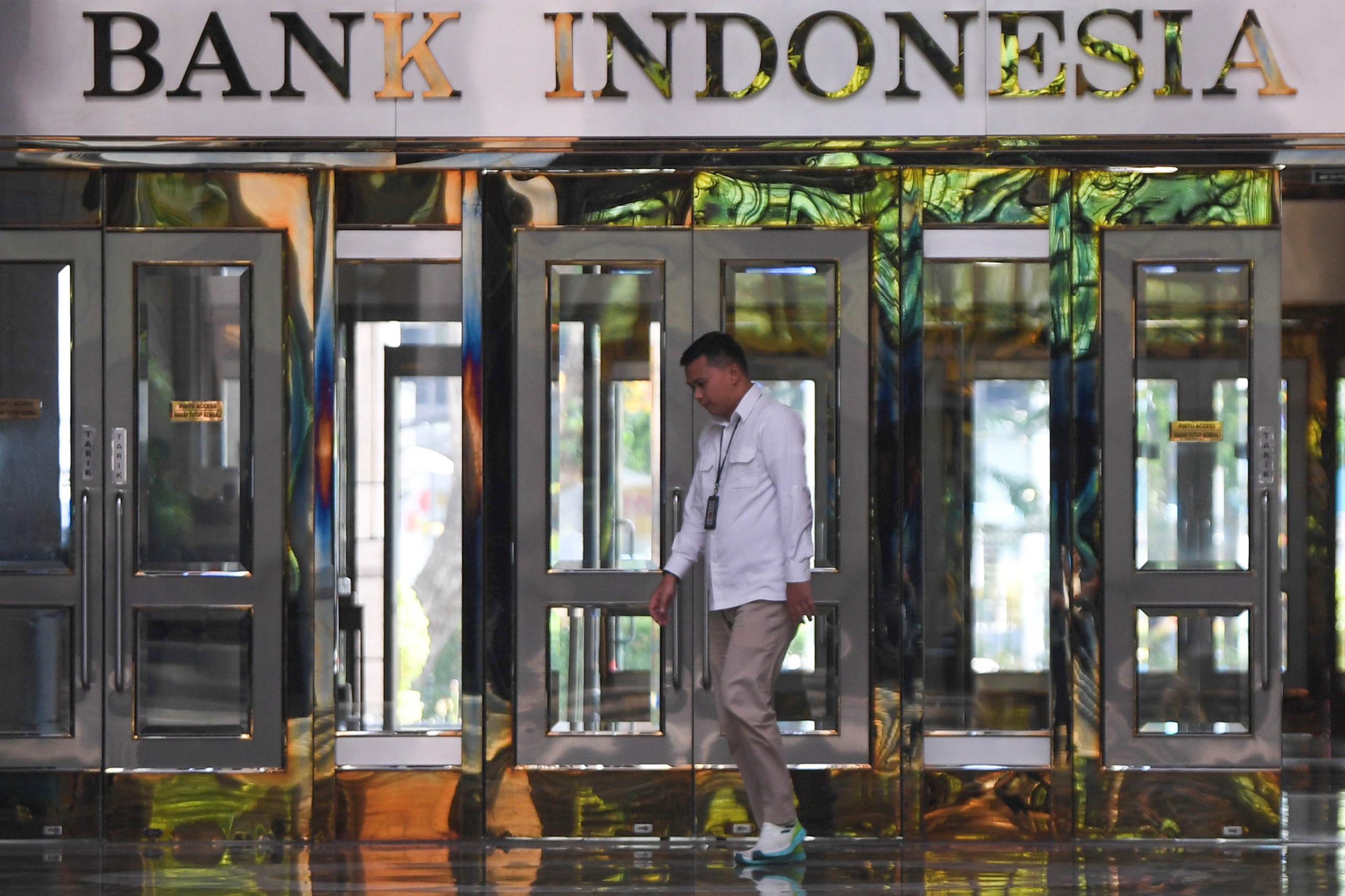Before rising Australian swimming star Lani Pallister could de-throne champion Ariarne Titmus, she first had to overcome her own personal hell including an eating disorder and heart surgery.
Pallister is one of Australia’s rising distance freestyle stars, building a career marked by junior dominance, senior breakthroughs and remarkable resilience.
At the 2025 Australian trials, Pallister broke the national 800 m freestyle record with an 8:10.84, surpassing Titmus’s previous mark.
Two days later she set new Australian and Commonwealth records in the 1500 m freestyle with a time of 15:39.14.
She first emerged as a standout at the Junior World World Championships, winning multiple gold medals in events like the 400m, 800m and 1500m freestyle.
Pallister transitioned smoothly to senior level, claiming medals at the World Short Course Championships including world titles in the 400m, 800m and 1500m freestyle, and establishing herself as one of the country’s premier endurance swimmers.
Pallister detailed how a difficult year of health complications threatened her progress before she returned to elite competition
She described how her eating disorder developed from a comment about weight during a crucial stage of her career
Medical specialists later diagnosed a worsening heart rhythm issue that required a cardiac ablation to correct safely
Her career includes national titles, relay contributions and several Australian records, confirming her status as a long-term fixture in Dolphins teams.
Her rise has been even more impressive given the adversity she has overcome, including serious health challenges, making her achievements among the most compelling stories in Australian swimming.
Now, Pallister has opened up about her year from hell, that began with some simple words of encouragement turning into a life-threatening eating disorder.
She developed an unhealthy focus on weight rather than strength and performance that would lead to further health complications.
'I think the eating disorder began because I was told by someone that if I wanted to swim my best times that I'd set in 2019 that I had to be the same weight that I was when I swam those times,' she told News Corp.
'I don't think it was given to me maliciously, I think it was just a very like throwaway comment at most.
'But I wanted to make the Tokyo Olympics so bad, I just kind of hung on to that, which is why you've got to be so careful with what you say to people, especially young people.'
'I became very controlled with what I was eating, particularly if I had a bad session in the pool, and then because of that, my pre-existing heart condition got worse.'
Post-surgery illness, including glandular fever, halted her training and left her unable to qualify for the Tokyo Olympic team
She spoke openly about crying daily after the trials as her post-viral fatigue made competition impossible
Her mother Janelle, a former Olympian, became central to her recovery and supported her through each setback
Her reduced nutrition and prolonged physical stress contributed to an irregular heart rhythm that eventually required medical investigation.
Doctors diagnosed her with supraventricular tachycardia, a condition that caused sudden spikes in heart rate during training and competition.
Pallister underwent a cardiac ablation procedure to correct the faulty electrical pathway and allow her to return safely to elite swimming.
'Imagine your heart is like an electrical circuit and instead of my heart completing the full loop through the electrical circuit, it would create like a shortcut and do like a half beat,' she said.
'My heart rate was getting to 250 beats a minute, and as I started eating less and less, it started happening more and more and more.
'It kind of feels like your heart is up in your throat, and your eyes start doing the tunnel vision thing, where they black out from the outside in.'
After surgery she developed glandular fever, and the post-viral effects disrupted her training.
When she competed at the June trials for the 2021 Tokyo Olympics, she was unable to qualify for any of her events.
'It was devastating,' she said.
'Not qualifying felt like the end of a dream for me. But I was just so sick, and my post-viral condition meant I had no energy. I remember I cried every day for weeks.'
Central to her recovery was her mother Janelle, who competed in the 400m and 800m freestyle finals at the 1988 Seoul Olympics.
'Family is everything to me. I don't think I would have got back in the water without them,' Pallister said.
'I remember my first session back on the pool deck. I walked in, saw the pool, bawled my eyes out and left. Like I didn't even want to get in the pool. And then it took me a while to just start feeling better, to feel normal.'

 1 week ago
45
1 week ago
45

















































